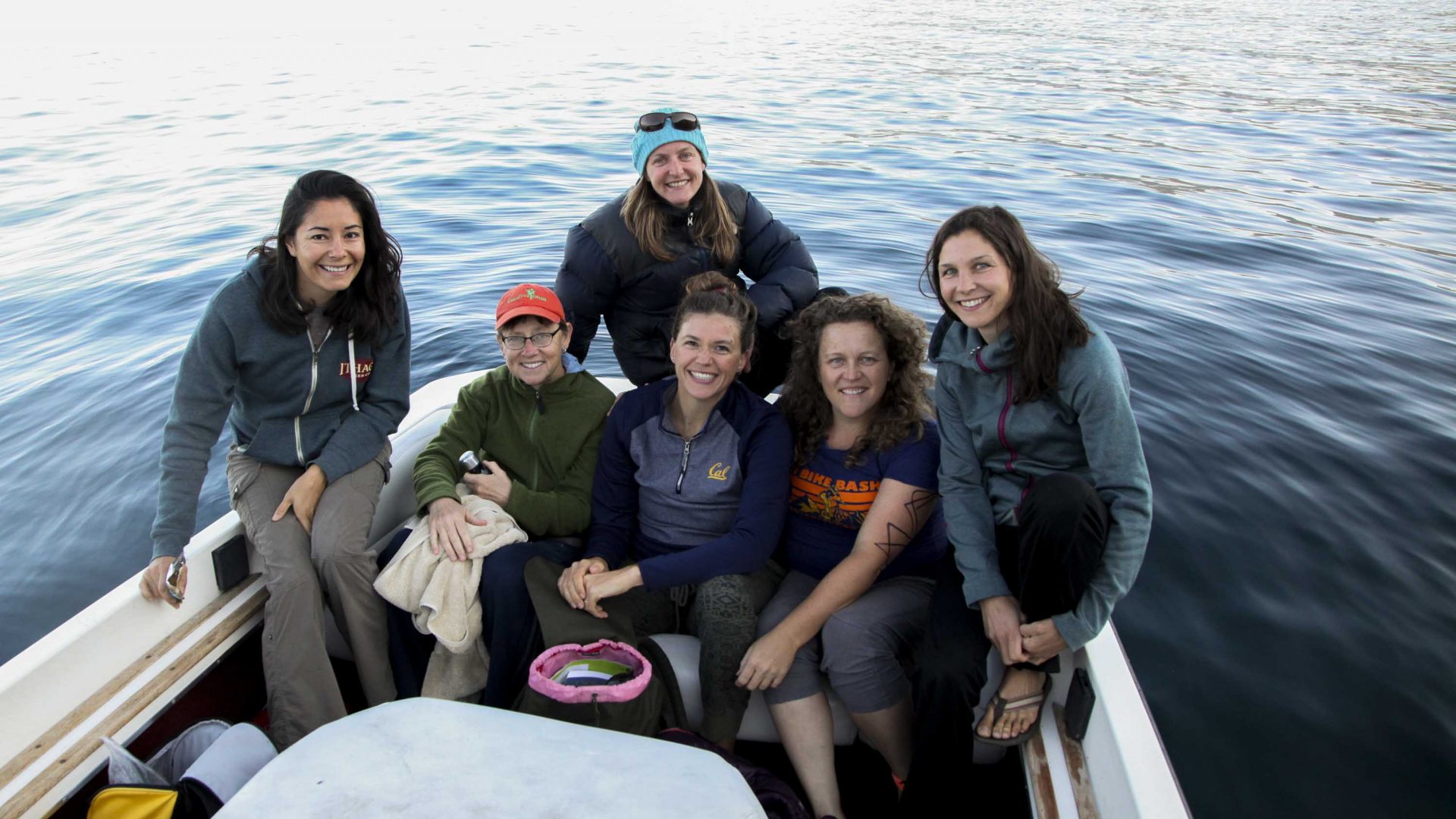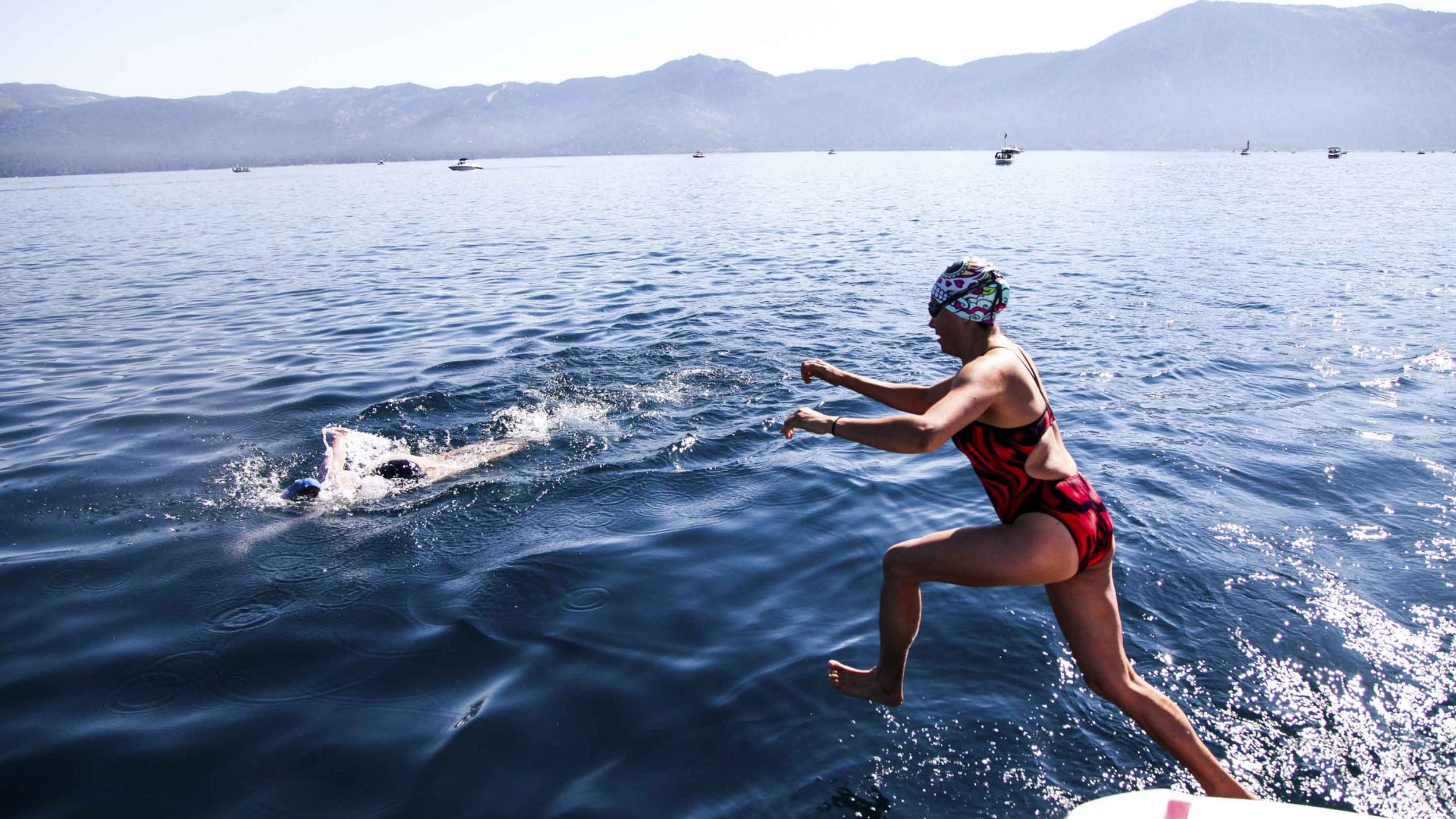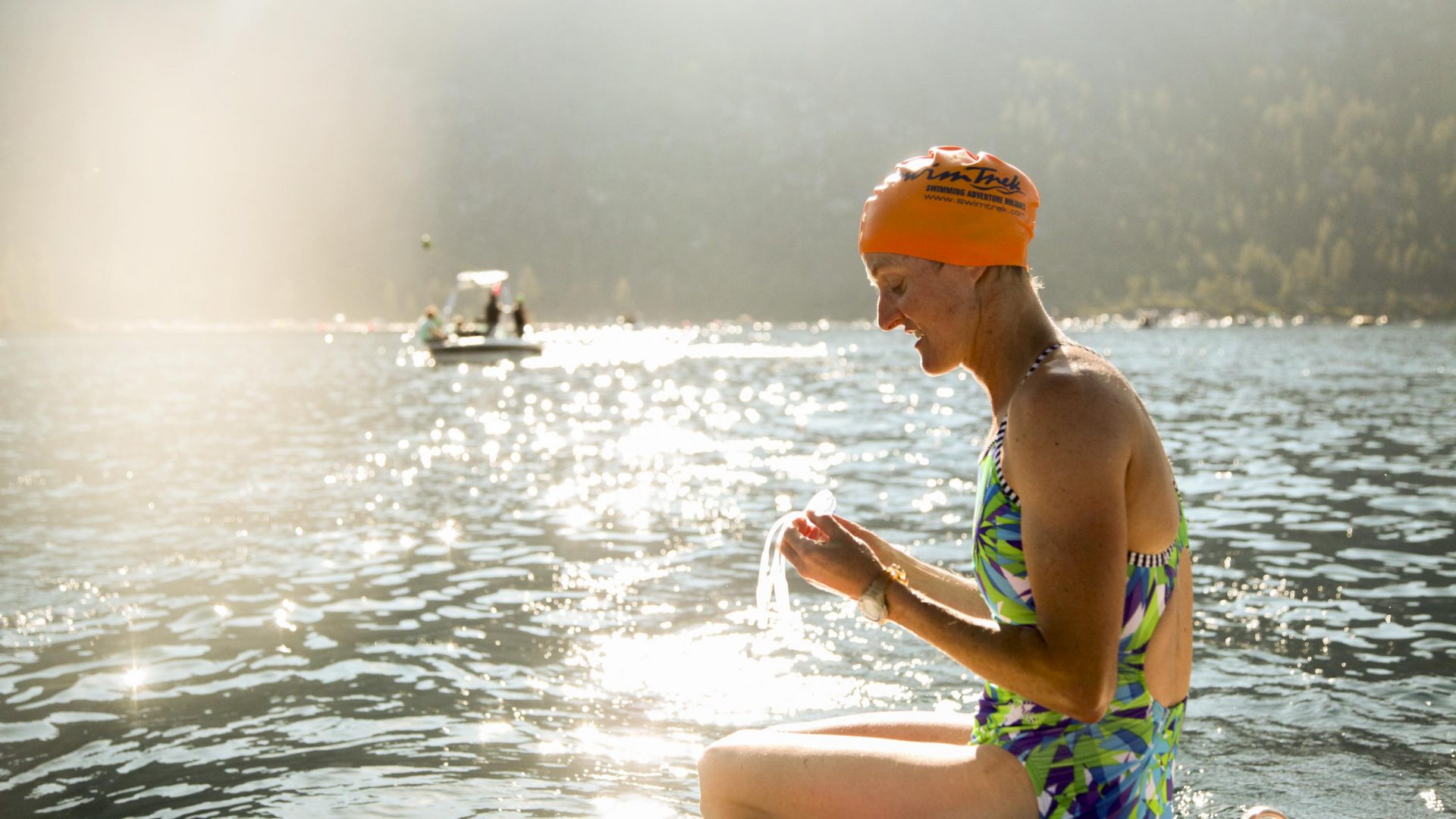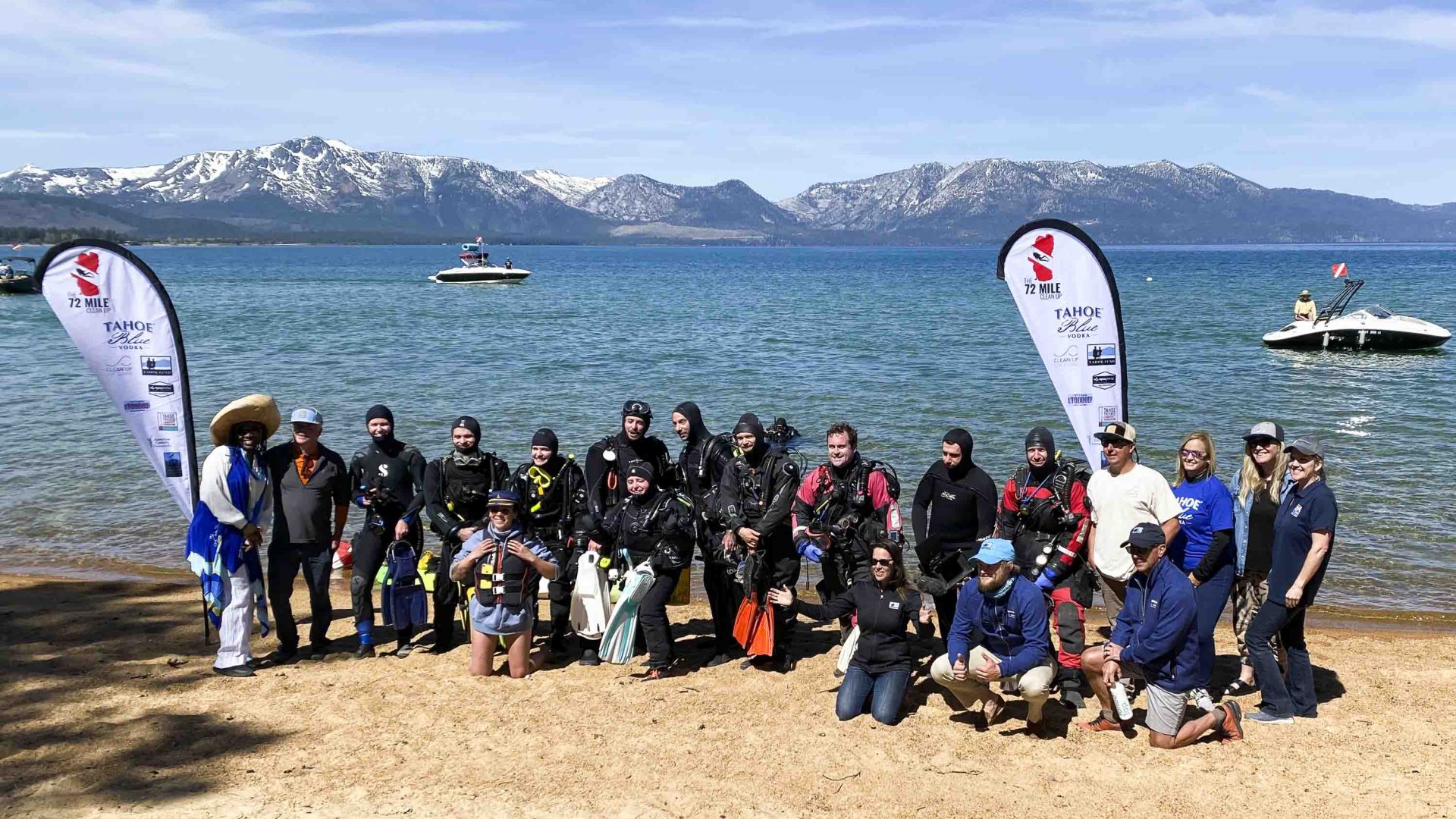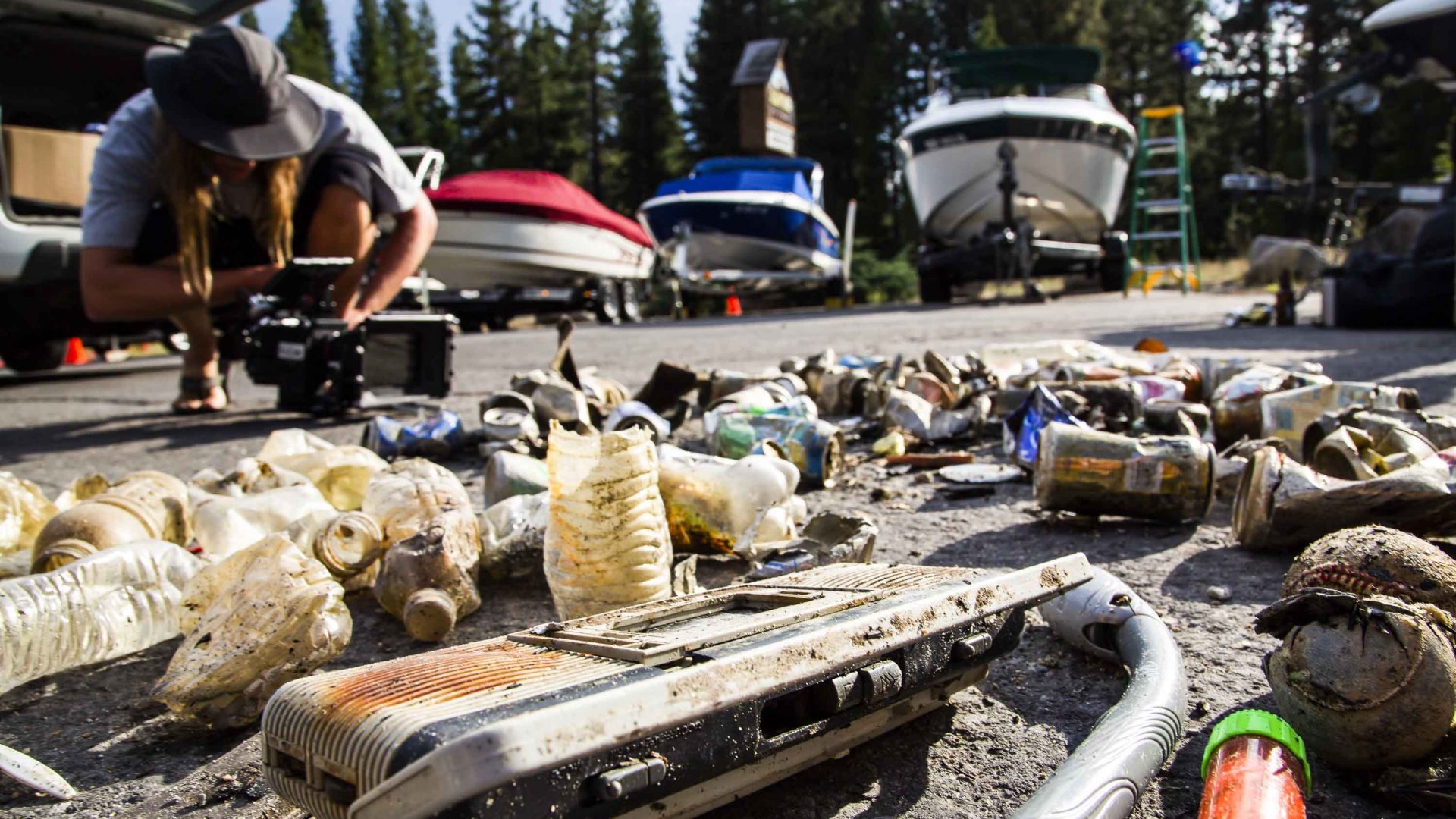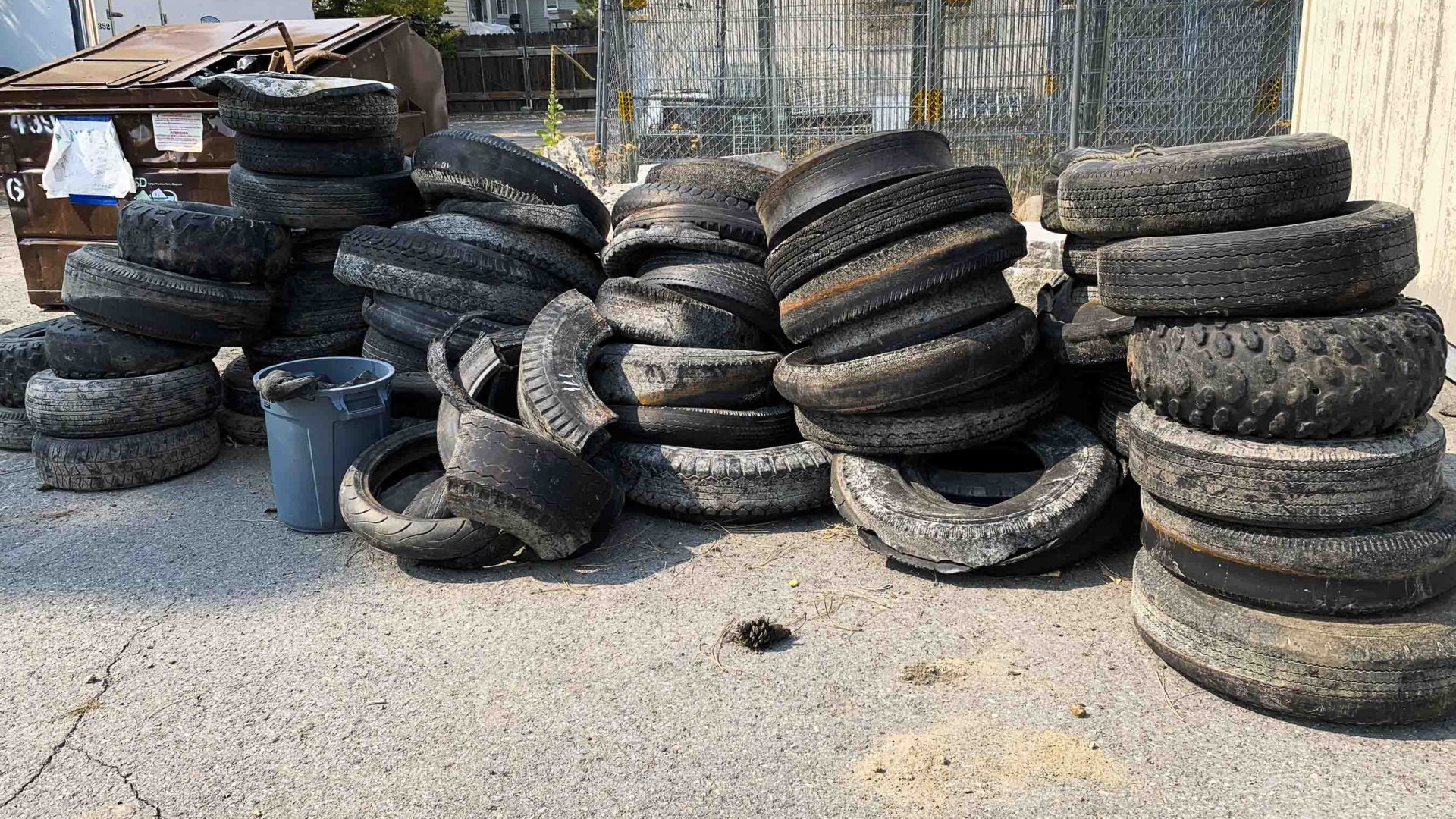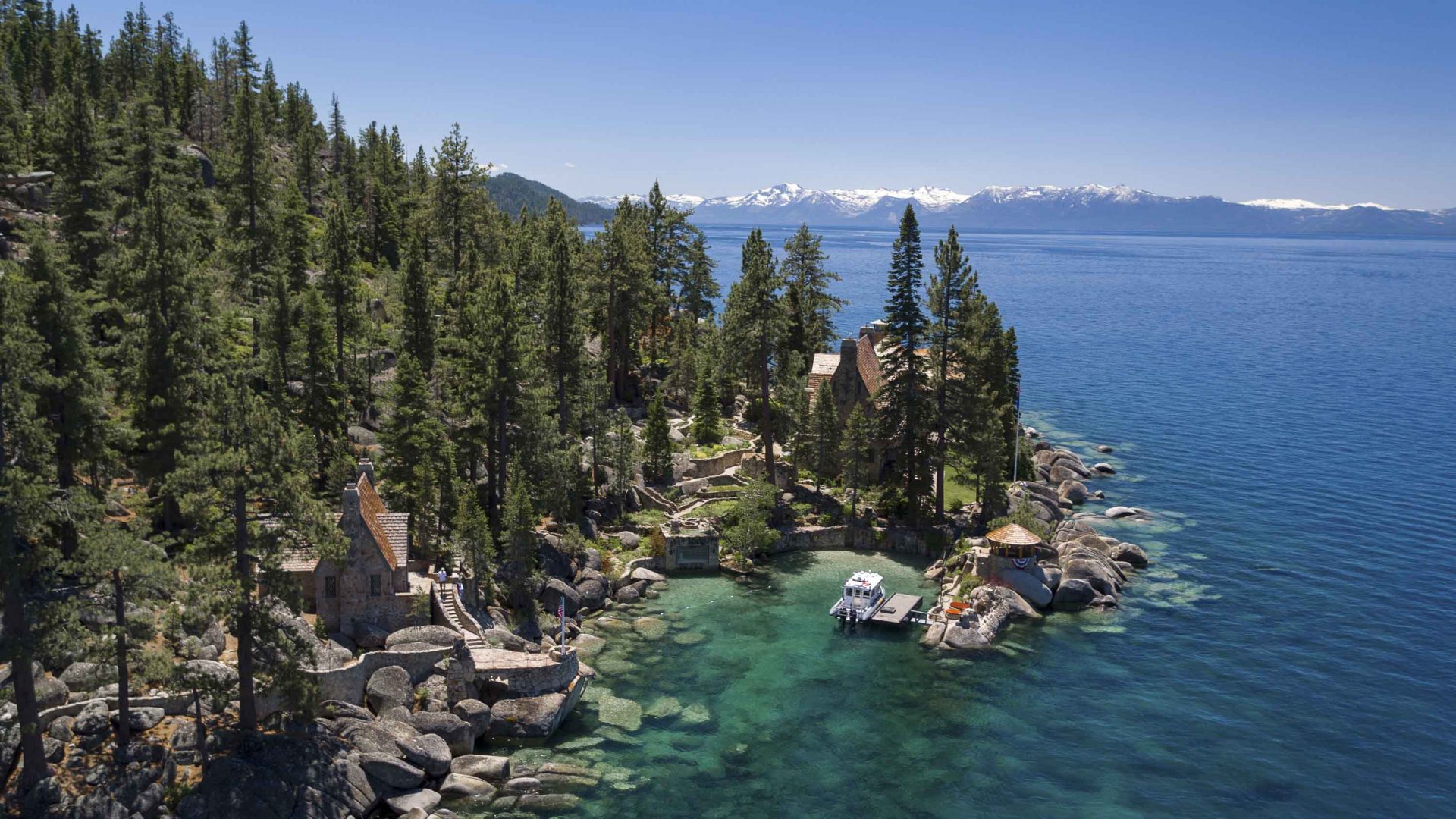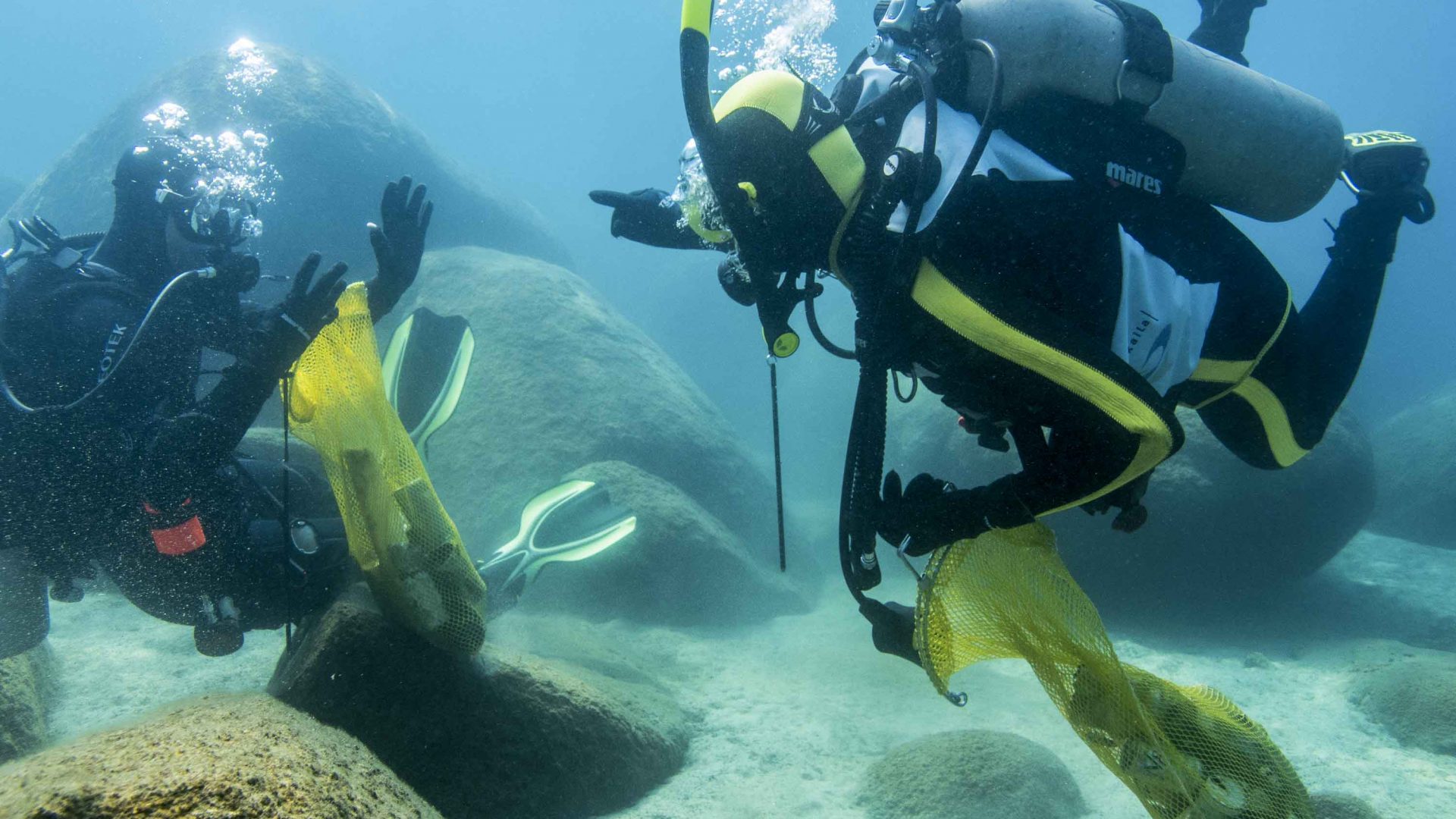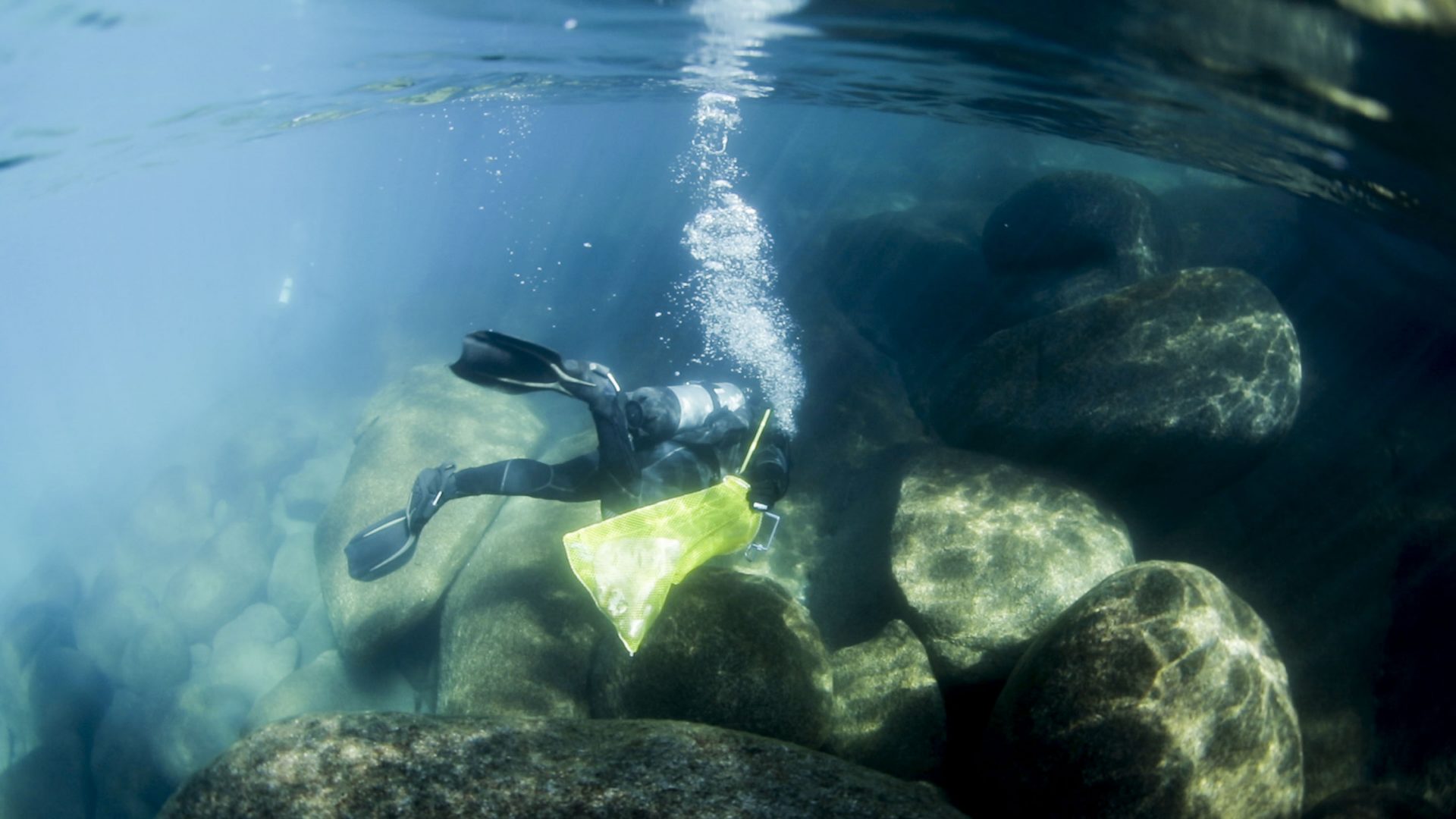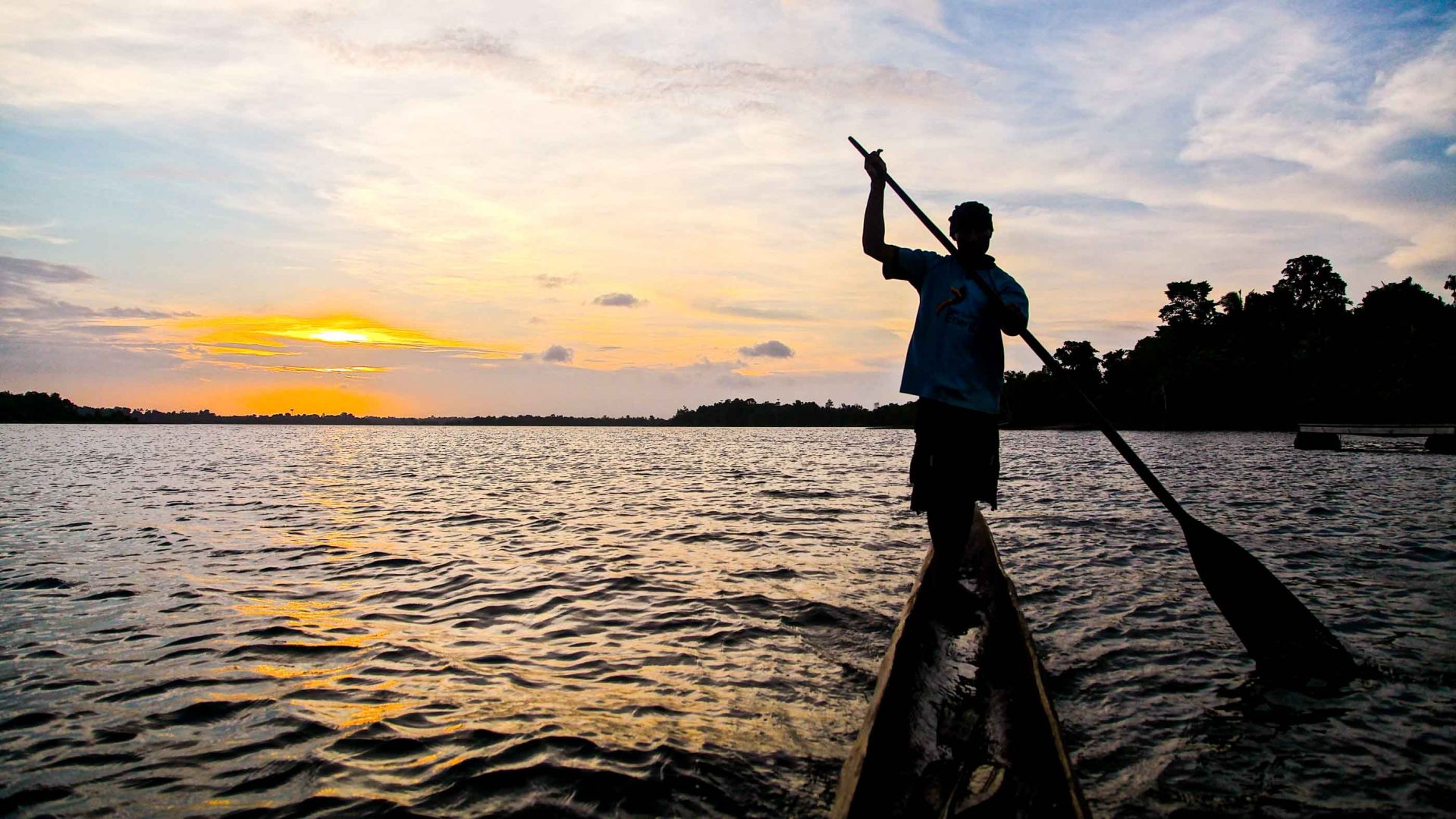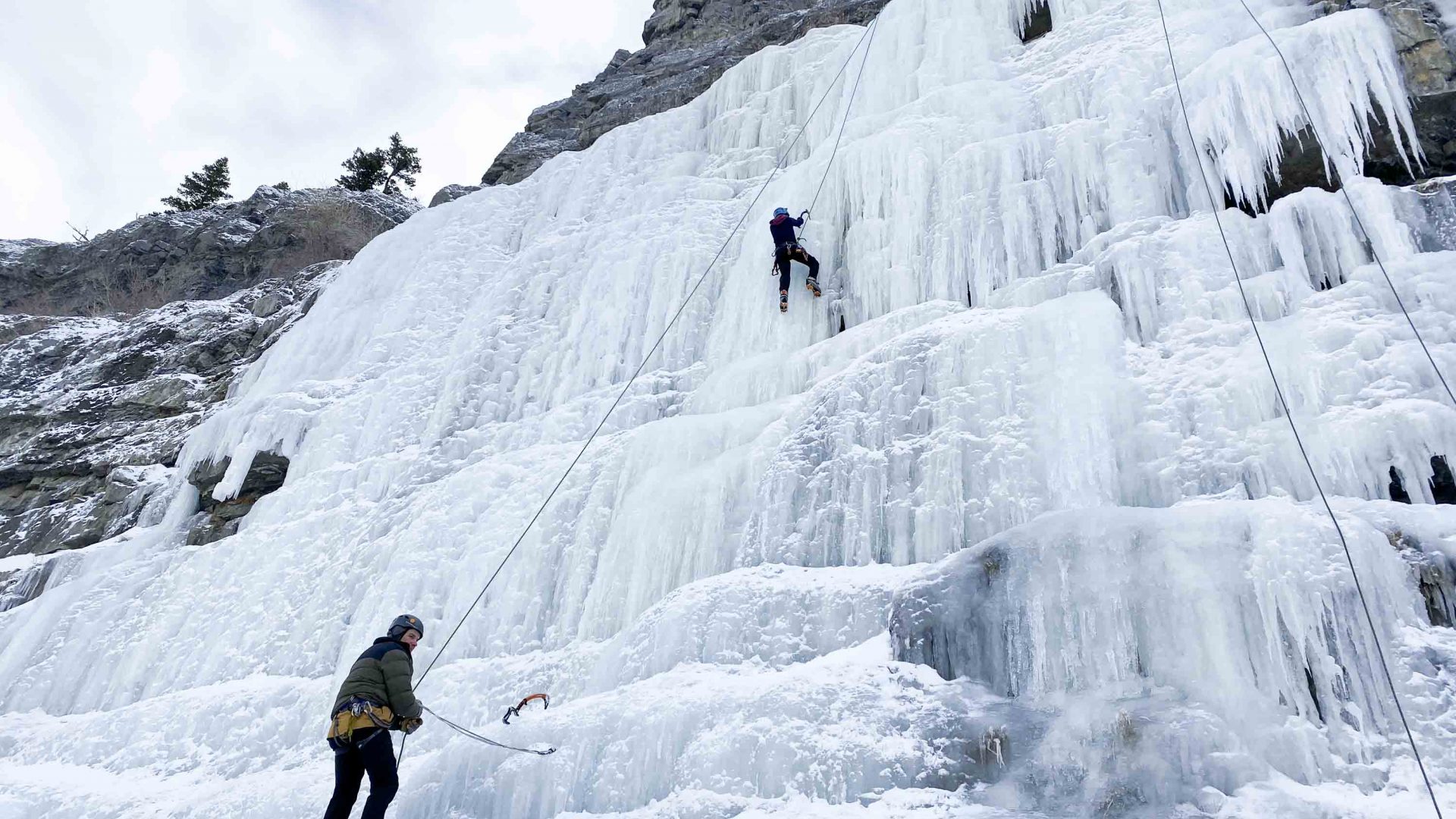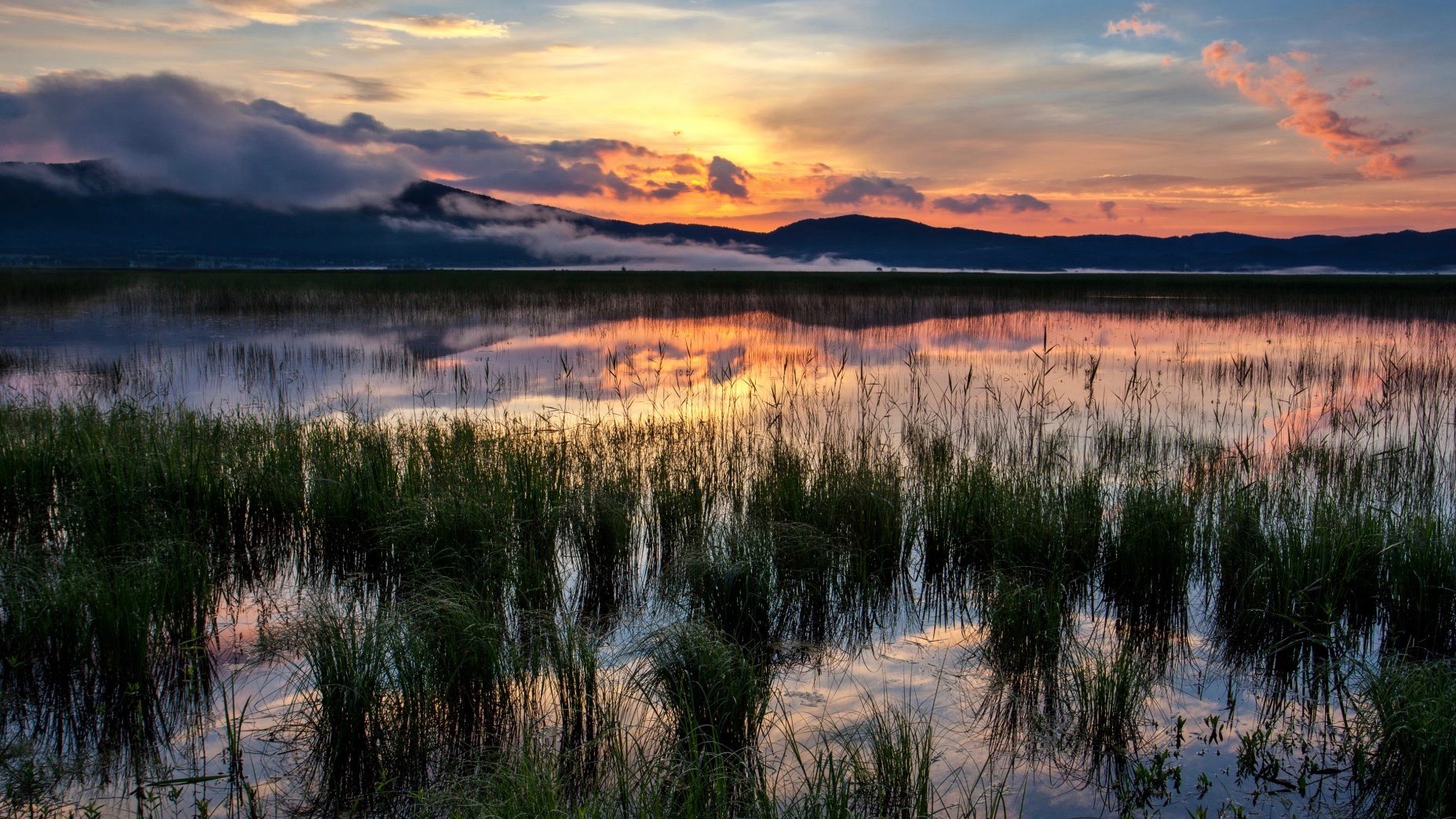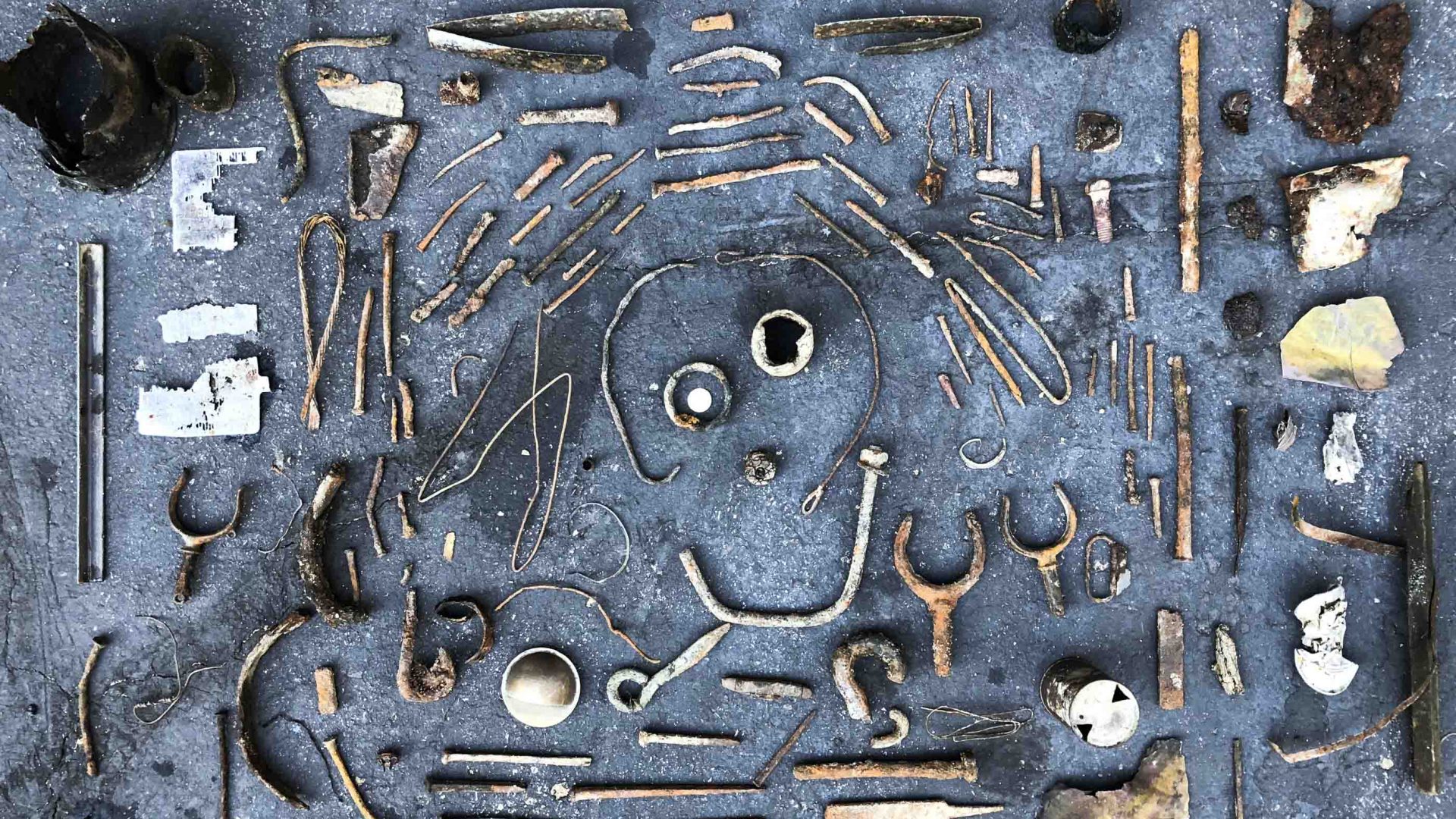
One of America’s most beautiful lakes is harboring a dirty secret. Journalist Megan Michelson dives into the legends—and the reality—of the world beneath the waters of Lake Tahoe.
I was swimming smack dab in the middle of Lake Tahoe, miles from the nearest shoreline. The water was cold but brilliantly clear, a translucent blue as far as my goggle-clad eyes could see. I was about halfway across the lake, swimming east to west, as part of a seven-mile open-water swimming relay race.
Hundreds of teams were out on the water that summer day, each group ferried across by boat while one team member swam alongside in 30-minute increments. Even in July, the water temperature in the middle of the lake hovers around a frosty 58 degrees Fahrenheit (14°C), so half an hour of swimming without a wetsuit is really all I could handle at a time.
My team was made up of a literal boatload of women scientists—five water-quality experts and avid swimmers who were out there to bring awareness to their various scientific projects. I was the lone non-scientist, a journalist (who doesn’t mind open-water swimming) brought along to share and document their efforts.
While out there, I found that Lake Tahoe looks as dazzling as ever. When you first catch glimpse of it—surrounded by Jeffrey pines and the skyscraping granite peaks of the Eastern Sierra mountains—it seems to be the purest of places. But look closely, and you’ll discover that the waters are holding a secret.
Trash. A lot of it.



